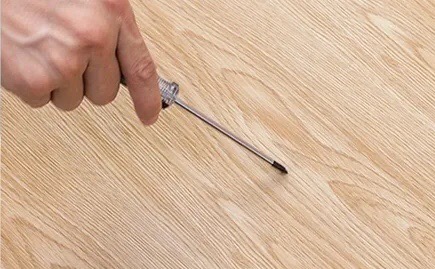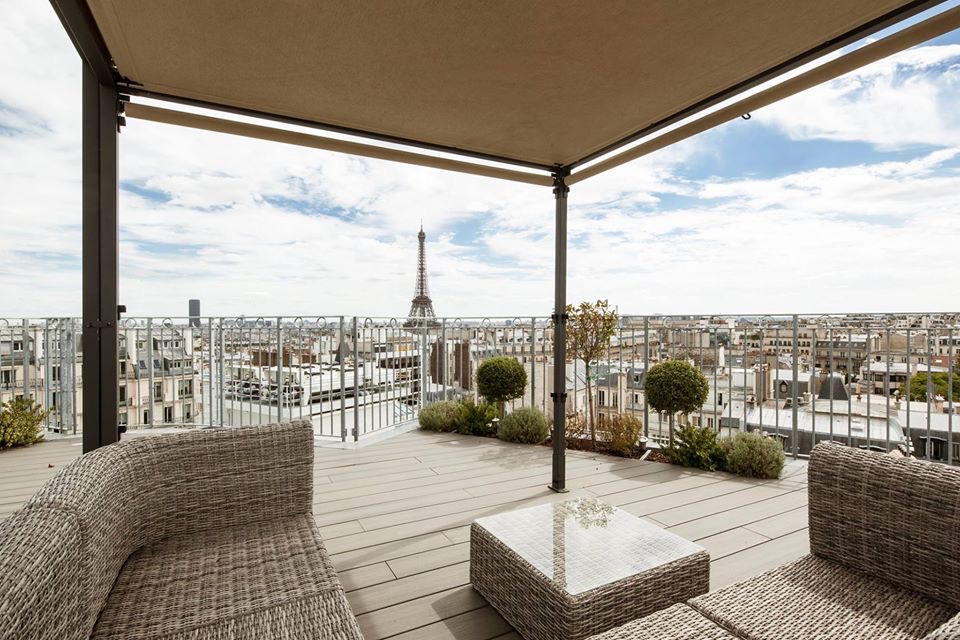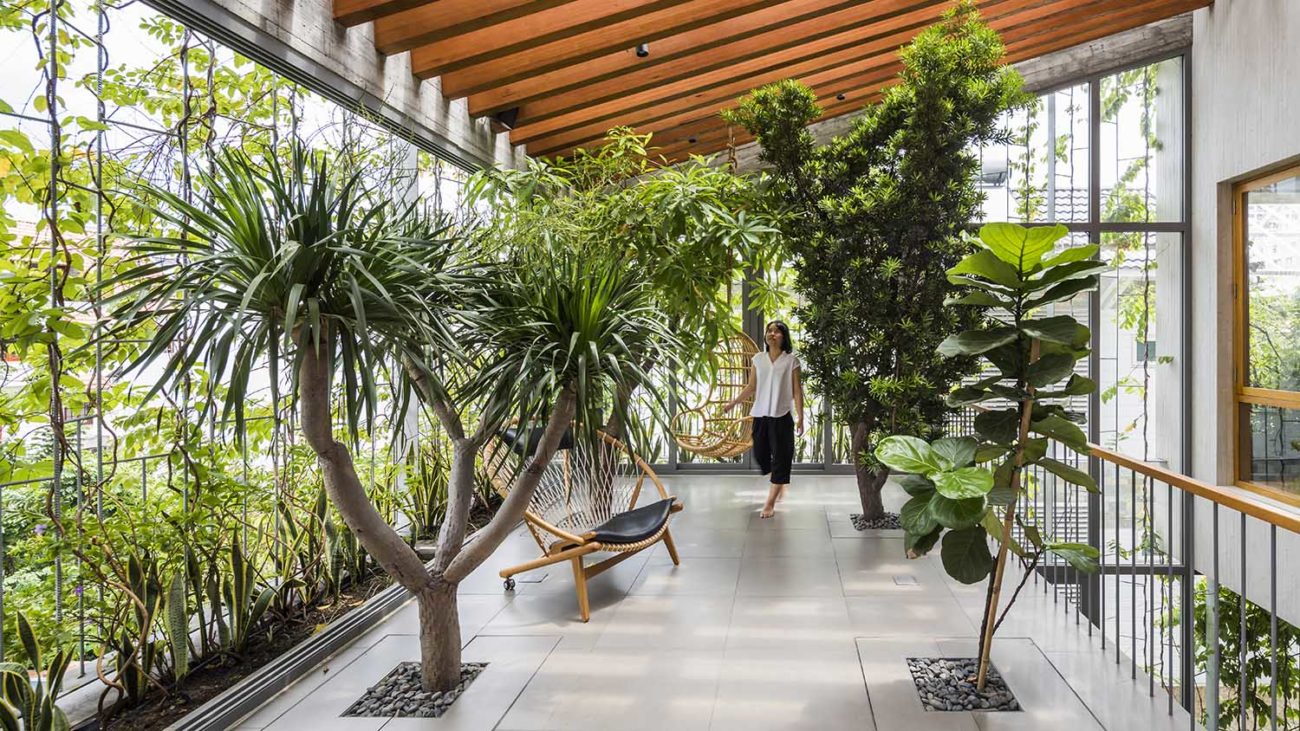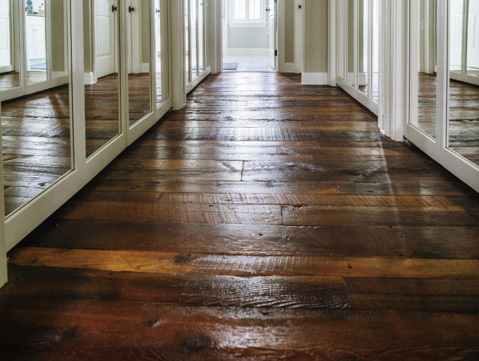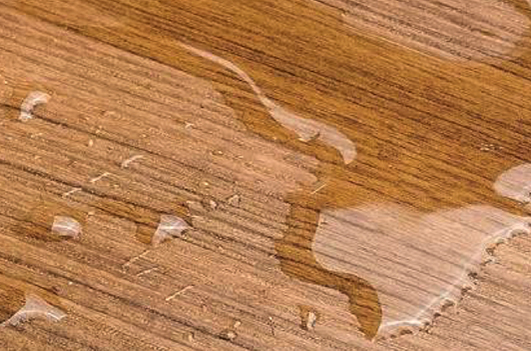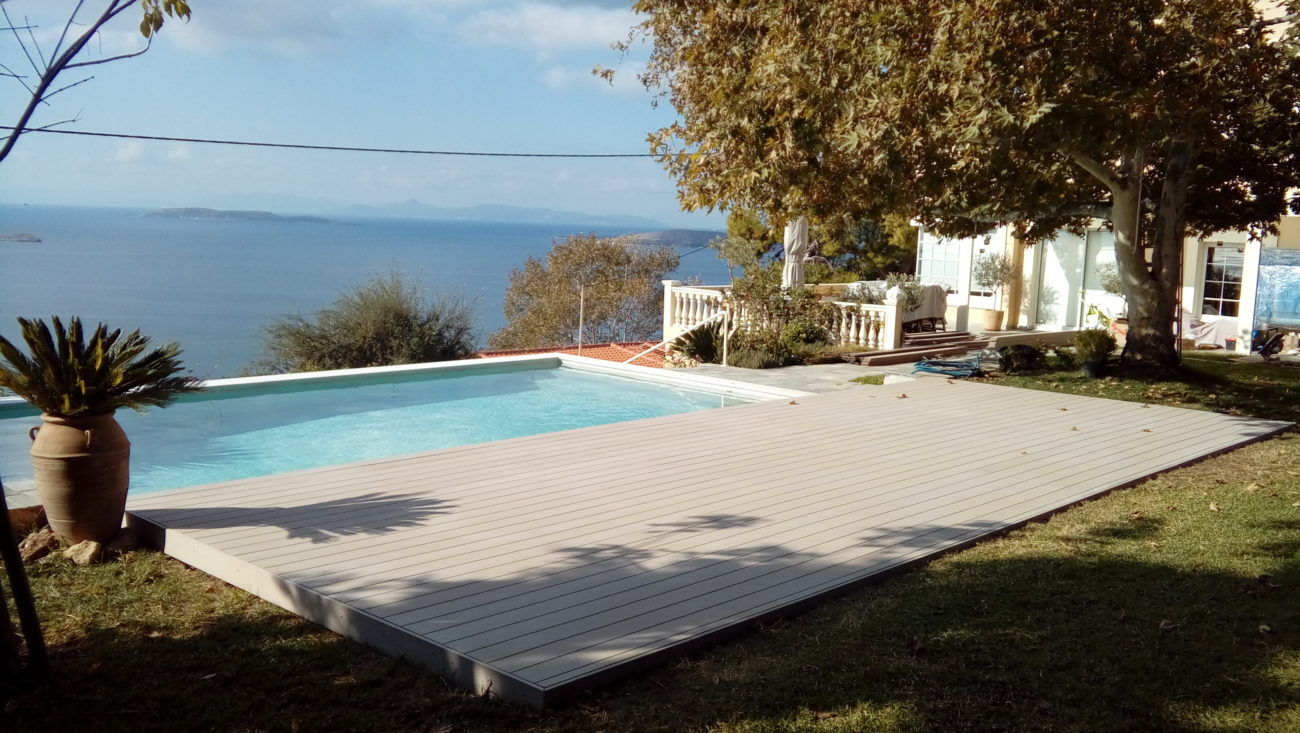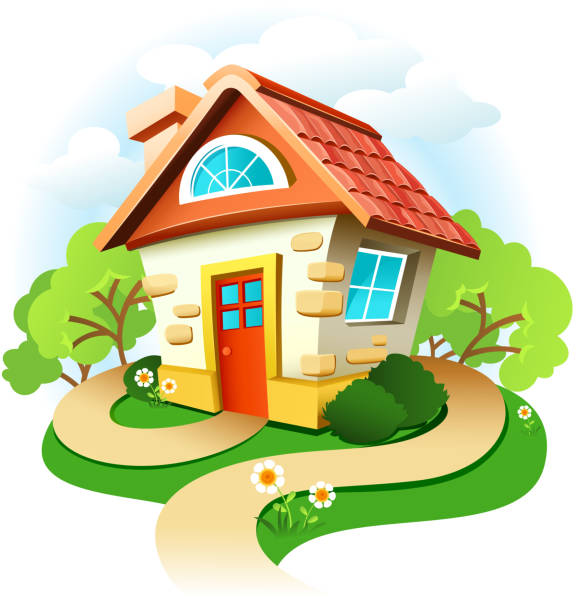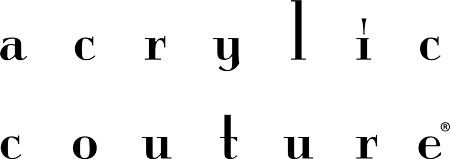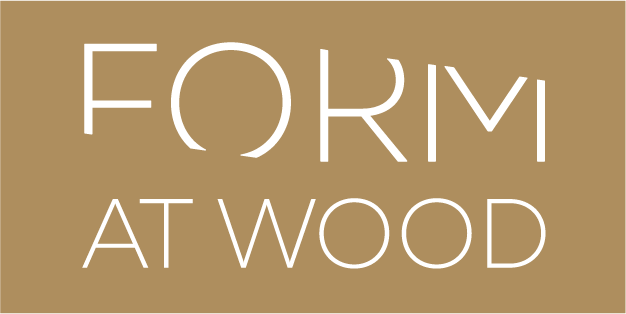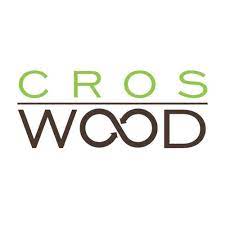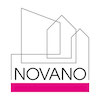Wood paneling can be a beautiful and versatile design element that adds warmth and character to a space. There are many different ways that wood paneling can be used in interior design, and the best approach will depend on the style and atmosphere you want to create. Here are a few ideas for incorporating wood paneling into your interior design:
- Use wood paneling to create a rustic, cabin-like atmosphere. You can use natural wood paneling on the walls to create a warm and cozy feeling, or use reclaimed wood for a more rustic, vintage look.
- Use wood paneling to add texture and depth to a space. Wood paneling can add visual interest and depth to a room, especially when paired with other natural materials like stone or brick.
- Use wood paneling to create a traditional or classic look. Wood paneling is often associated with traditional or classic design styles, so you can use it to create a formal or elegant atmosphere in a space.
- Use wood paneling to add warmth to a modern space. You can use wood paneling to bring warmth and natural texture to a modern or contemporary space, helping to soften the clean lines and create a more welcoming atmosphere.
- Use wood paneling in combination with other materials. You can use wood paneling in combination with other materials like stone, brick, or metal to create a more layered and dynamic look.
- Use wood paneling as an accent wall. Instead of covering an entire room in wood paneling, you can use it to create an accent wall or feature wall. This can add visual interest and warmth to a space without overwhelming it.
- Use wood paneling to create a sense of continuity. If you have wood paneling in one room, you can use it to create a sense of continuity by using the same or a similar wood paneling in adjacent rooms or spaces.
- Use wood paneling to add warmth to a minimalist space. Wood paneling can add warmth and texture to a minimalist or modern space, helping to balance out the clean lines and monochromatic color scheme.
- Use wood paneling to add character to a plain space. If you have a plain or boring space that needs some character, wood paneling can be a great way to add interest and warmth.
- Use wood paneling to create a focal point. You can use wood paneling to create a focal point in a room, such as a fireplace surround or a headboard wall in a bedroom.

There are many different types of wood paneling available, each with its own unique characteristics and qualities. Here are a few examples of the most common types of wood paneling:
- Solid wood paneling: Solid wood paneling is made from individual wood planks that are typically milled from a single piece of wood. It can be stained or finished in a variety of ways, and is often used to create a traditional or classic look.
- Veneered wood paneling: Veneered wood paneling is made from a thin layer of wood that is applied to a core material, such as plywood or particle board. It can be more affordable than solid wood paneling, and is available in a wide range of wood species and finishes.
- Reclaimed wood paneling: Reclaimed wood paneling is made from wood that has been salvaged from old structures, such as barns or factories. It can have a rustic, vintage look and is often used to create a distressed or weathered look.
- Engineered wood paneling: Engineered wood paneling is made from layers of wood that are bonded together with adhesive. It is often more stable and durable than solid wood paneling, and can be finished in a variety of ways.
Decorative wood paneling: Decorative wood paneling is designed to add visual interest and texture to a space. It can come in a variety of styles and patterns, such as wavy or geometric shapes, and can be made from a range of materials, including wood, plastic, or metal.
- Bamboo wood paneling: Bamboo wood paneling is made from bamboo stalks that are cut into thin strips and then laminated or woven together to create panels. It is often more sustainable and eco-friendly than traditional wood paneling, and has a natural, exotic look.
- Fiberboard wood paneling: Fiberboard wood paneling is made from wood fibers that are mixed with resin or another binding agent to create a solid panel. It is often more affordable than solid wood paneling and is available in a range of finishes and textures.
- Laminate wood paneling: Laminate wood paneling is made from a photograph of wood grain that is applied to a core material, such as particle board or MDF (medium-density fiberboard). It is often more affordable and durable than solid wood paneling and is available in a wide range of wood species and finishes.
- Shiplap wood paneling: Shiplap wood paneling is made from long, narrow wood planks that have a rabbet (a groove or notch) cut into the edges. It is often used to create a rustic or farmhouse look, and can be installed horizontally or vertically.
- Tongue and groove wood paneling: Tongue and groove wood paneling is made from wood planks that have a tongue and groove joint along the edges, allowing the panels to fit together snugly without gaps. It is often used to create a seamless, continuous look and can be installed horizontally or vertically.







